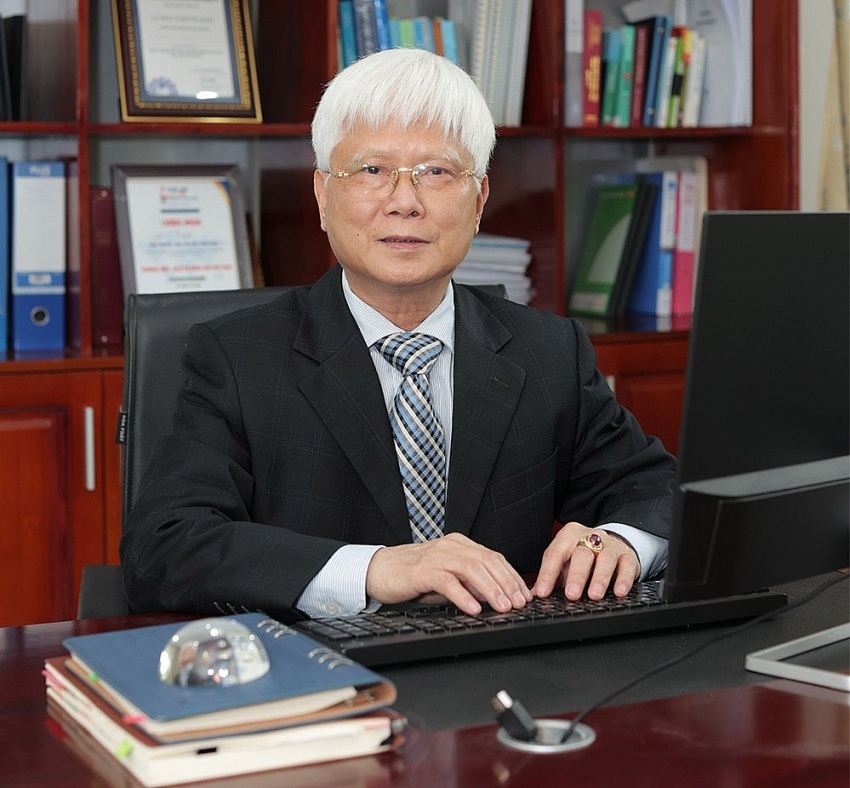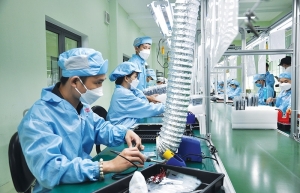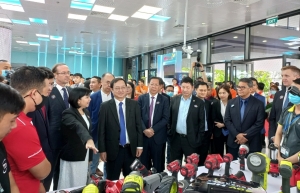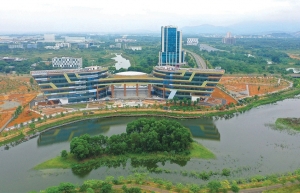Clear direction warranted for high-tech park models
 |
| Bui Van Thanh, Director, New Sun Law Group |
Many incentives for investors are expected to help draw more projects into high-tech parks. One of the headline incentives is the decentralisation and authorisation of ministries, ministerial-level agencies and municipalities and provincial people’s committees to the management boards of the parks to implement one-stop shop administrative mechanisms to support investors.
In addition, investments in high-tech parks will enjoy a corporate income tax of 10 per cent per year for 15 years. The exemption will be given for the first four years and a reduction of half for nine consecutive years. However, there are still things that need to be done to foster a suitable capital influx. Vietnam currently has advantages in low-cost human resources and land, along with the offer of many incentives, but is yet to attract some of the largest semiconductor companies in the world. In addition, Vietnam currently has three high-tech parks with low occupancy rates.
Almost all large-scale foreign-invested enterprises in Vietnam are currently focusing on operation activity instead of paying attention to research and development. In addition, Vietnam is the production hub for many big groups, but their current contribution to shaping Vietnam on the world’s high-tech map is modest.
This indicates that the new decree contributes to resolving the pending issues relating to administrative procedures and land. However, the available land, human resources, and incentives are necessary conditions, but not sufficient conditions or key factors impacting the foreign-led enterprise decisions.
It is understandable that Decree 10 alone is not enough to encourage a high-tech capital influx in the country. In reality, the guidelines of the state and government in fostering this are clarified in various decrees and related documents.
However, the implementation process of these policies has yet to gain decent results or meet expectations. The reason for this is the lack of a clear direction to develop suitable models. Governance in determining high-tech park models is still limited and Vietnam has yet to clarify specific plans.
The path to develop these parks must be considered based on Vietnam’s potential such as finance, natural resources, and the labour force. Based on the current power resource, it should determine a number of key industries to concentrate on attracting investment capital, for example semiconductors and agriculture. Finally, other factors impacting decisions are transparency, intellectual property rights, and the status of the stock market.
 | Danang high-tech parks achieving wider attention High-tech parks are becoming a stronger lever to drive Danang’s economic growth. |
 | Ho Chi Minh City to select investment criteria for high-tech park Ho Chi Minh City is selecting new investment criteria to attract high-tech industries and fields to the city's high-tech park, according to Chairman of Ho Chi Minh City People's Committee Phan Van Mai, on the 20th anniversary of Ho Chi Minh City High-Tech Park (SHTP) on October 29. |
 | High-tech capital influx expected More incentives for investors as part of a freshly enacted decree are expected to help draw more projects into high-tech parks, including in semiconductors. |
What the stars mean:
★ Poor ★ ★ Promising ★★★ Good ★★★★ Very good ★★★★★ Exceptional
Related Contents
Latest News
More News
- EVN launches major power infrastructure projects nationwide (December 19, 2025 | 18:17)
- VAL inaugurates second production line to meet domestic animal feed demand (December 19, 2025 | 16:37)
- Sun Group pioneers urban tram system in Phu Quoc (December 19, 2025 | 15:00)
- Seven major projects launched to drive Hanoi’s next growth phase (December 19, 2025 | 14:00)
- Securing capital and efficiency for Vietnam’s 2026-2030 growth ambitions (December 17, 2025 | 10:00)
- Vietnam bucking trend in the global M&A landscape (December 16, 2025 | 14:20)
- HDS Summit spotlights Vietnam’s rising role in regional supply chains (December 16, 2025 | 08:00)
- Kolon signs $48 million airbag supply deal with Autoliv (December 15, 2025 | 18:14)
- National Assembly approves Vinh–Thanh Thuy expressway project (December 15, 2025 | 18:02)
- Quang Tri green-lights $1.59 billion LNG-fired power project (December 15, 2025 | 17:59)

 Tag:
Tag:




















 Mobile Version
Mobile Version